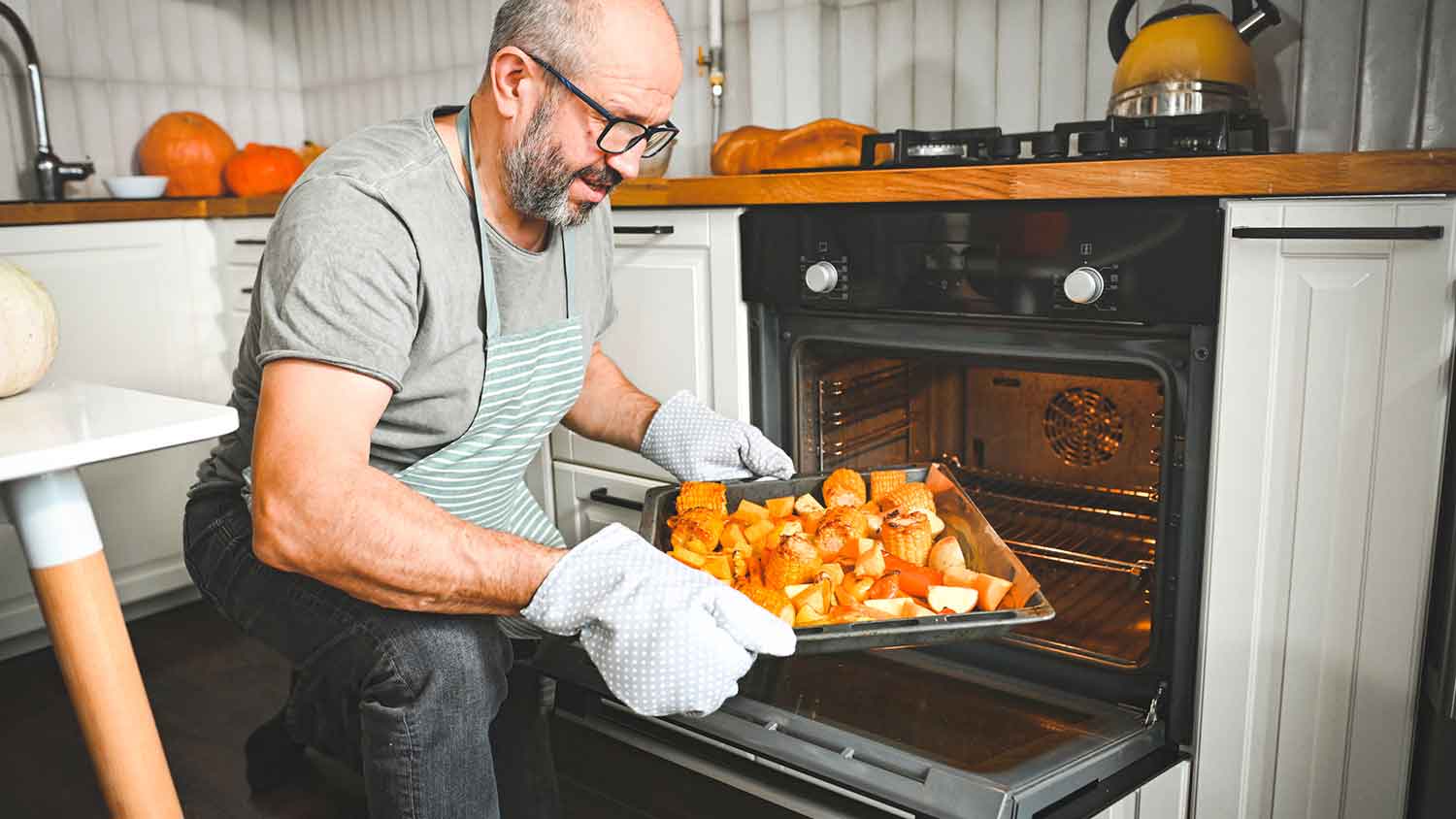7 Types of Stove Burners and Cooktops for Whipping Up Tasty Homemade Meals
Let’s get cooking with one of these handy cooktops


The new tile floors are in and the updated backsplash is up. Now, it’s time to choose a cooktop to finish your kitchen renovation. Stove tops offer convenient cooking right next to your prep space, but should you opt for the temperature control that gas offers, or do you want an induction cooktop for added safety? To help you choose between seven common types of stove burners and cooktops for your kitchen—gas, induction, electric coil, electric glass, downdraft, commercial-style, and portable—we’ve weighed the pros and cons of each below.
| Type of Stove Top | Life Span (In Years) |
|---|---|
| Gas | 13–15 |
| Induction | 10–17 |
| Electric coil | 10–15 |
| Electric glass cooktop | 10–15 |
| Downdraft | 10–15 |
| Commercial-style | 10–20 |
| Portable | 5–10 |
1. Gas Stove Top
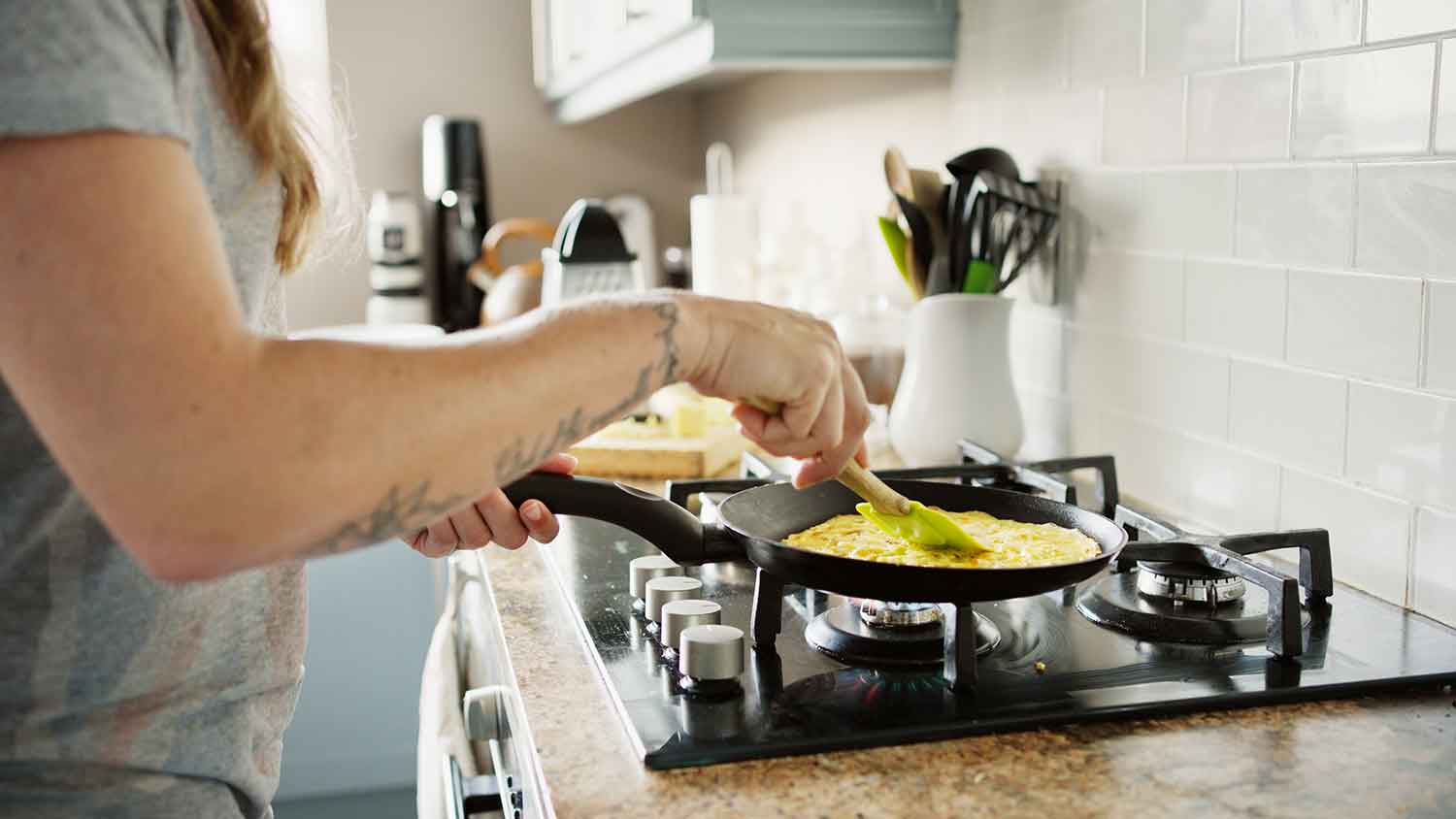
Gas is one of the most popular types of stove tops because it allows home cooks to fine-tune the temperature while cooking. Need more heat? Simply crank up the flame. Looking for a simmer? Nudge the burner control down to low for the flame to instantly shrink.
A gas stove top requires a natural gas line or fuel from liquid propane to work. Gas stove tops also need a range hood for ventilation, but range hoods can be heavy and difficult to install yourself. If you plan to add this type of stove top to your kitchen, hire a local appliance installer to safely handle installation.
| Pros | Cons |
|---|---|
| Better temperature control | Requires ventilation |
| Easy to maintain | Difficult to clean |
| Lower operating costs | Must connect to gas line or propane |
Best for: Precision cooking; homes connected to municipal gas lines
2. Induction Cooktop
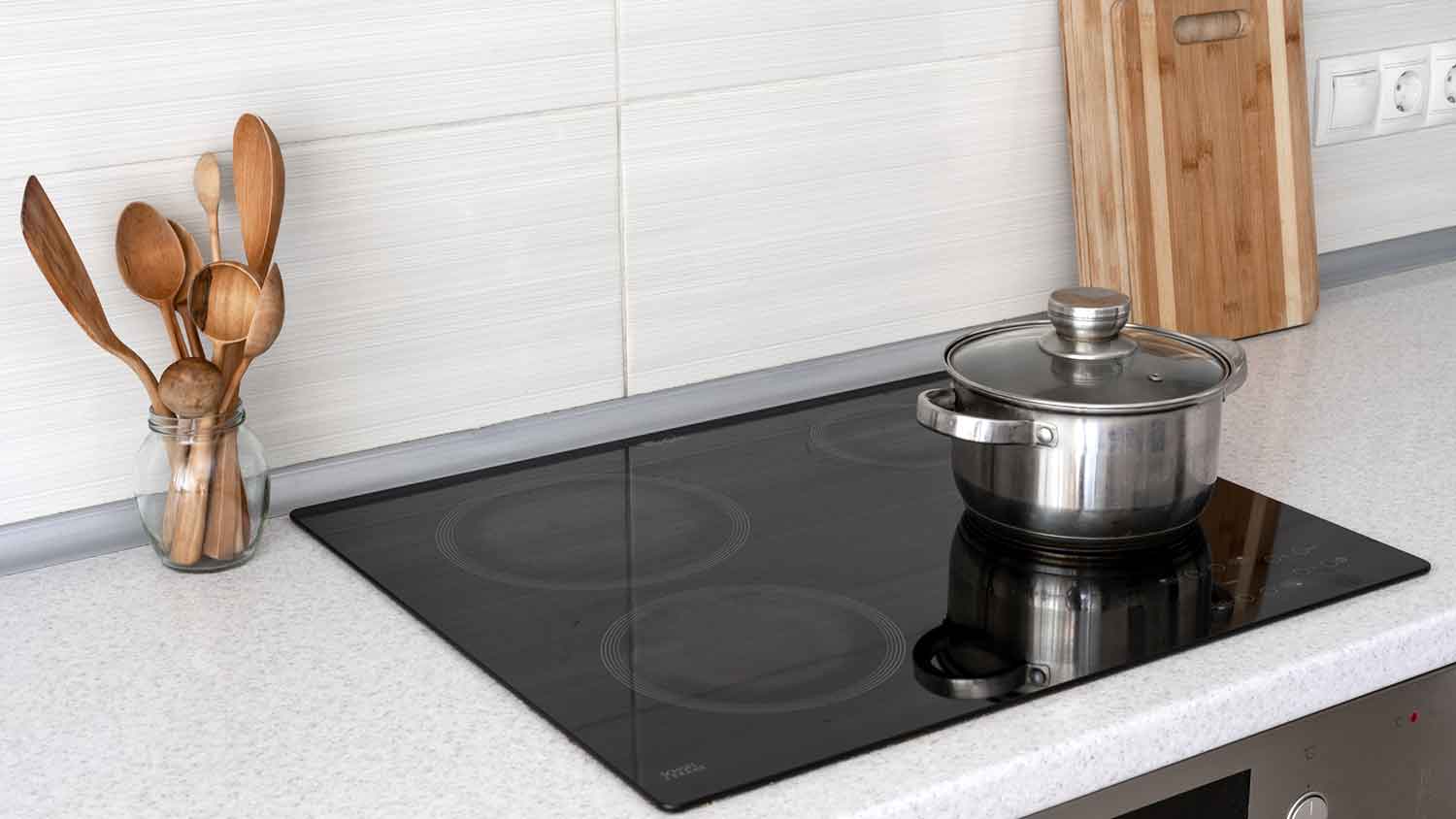
An induction is a type of electric cooktop, but it’s different than coil or glass stove tops. These stoves rely on magnetic cookware—designed specifically for induction tops—to create electromagnetic energy that heats up the pot or pan. This means you don’t have to worry about a kid or pet touching a hot stove or open flame.
Installing an induction cooktop means it’s time to place your beloved copper or aluminum cookware collection in storage, though. You’ll need to purchase pots and pans that are rated for induction cooktop use.
| Pros | Cons |
|---|---|
| Faster cooking | Requires specialty cookware |
| No open flame or hot surface | May hum or buzz |
| Energy-efficient | More expensive |
Best for: Homes with small children
3. Coil Stove Top

When it comes to electric types of stoves and cooktops, there are multiple options. Many people are familiar with the classic coil stove top, which has raised metal coils that you set pots or pans directly on. As the stove heats up, the coils turn orange. Home cooks will appreciate that coil stove tops heat up quickly. Just be sure to keep kids out of the kitchen until after dinner is done, because the coils can take a long time to cool down.
Coil stove tops can be difficult to clean, especially since the coils take so long to cool down. But the biggest advantage to this type of cooktop is that it is usually lower in cost than other stove tops, and it works with most cookware materials—even cast iron or glass.
| Pros | Cons |
|---|---|
| Lower upfront cost | Takes longer to cool |
| Heats quickly | Harder to clean |
| Works with all cookware | Poor heat control |
Best for: Lower budgets
4. Glass Cooktop
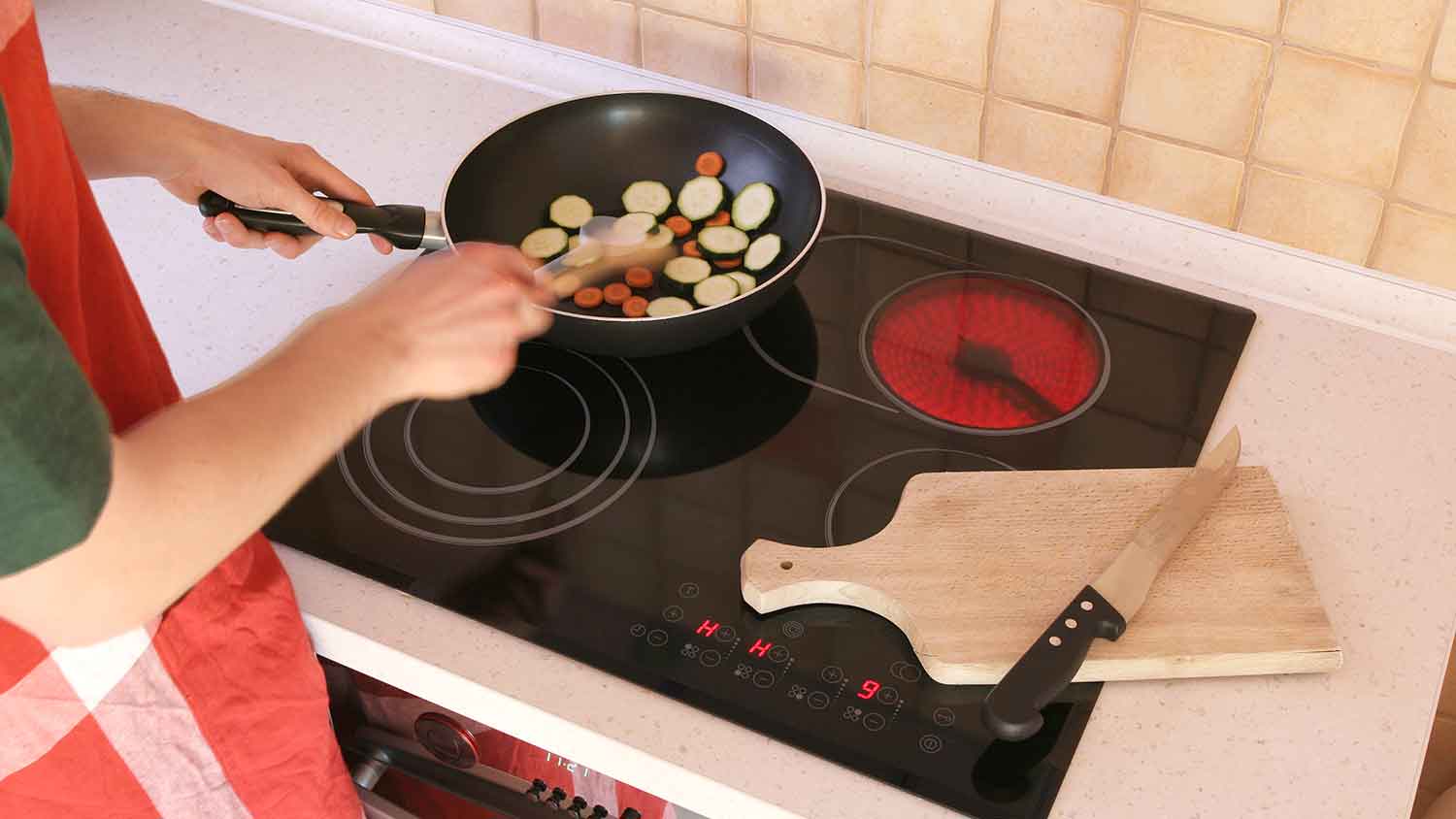
A glass cooktop works similarly to the coil type of stove top. This stove top has electric-powered heating elements covered by a durable layer of glass, which offers a flat surface for even cooking. That smooth surface is also much easier to clean than other types of stove tops, and it looks attractive in today’s kitchens.
Because the heating elements are beneath glass and ceramic, it can take longer for the glass cooktop to heat up. This type of stove also has less temperature control than a gas stove, and it usually costs more than its coil counterpart.
| Pros | Cons |
|---|---|
| Easy to clean | Vulnerable to scratches and cracks |
| Visually appealing | Poor temperature control |
| Even cooking | Higher cost |
Best for: Modern-style kitchens
5. Downdraft Stove Tops
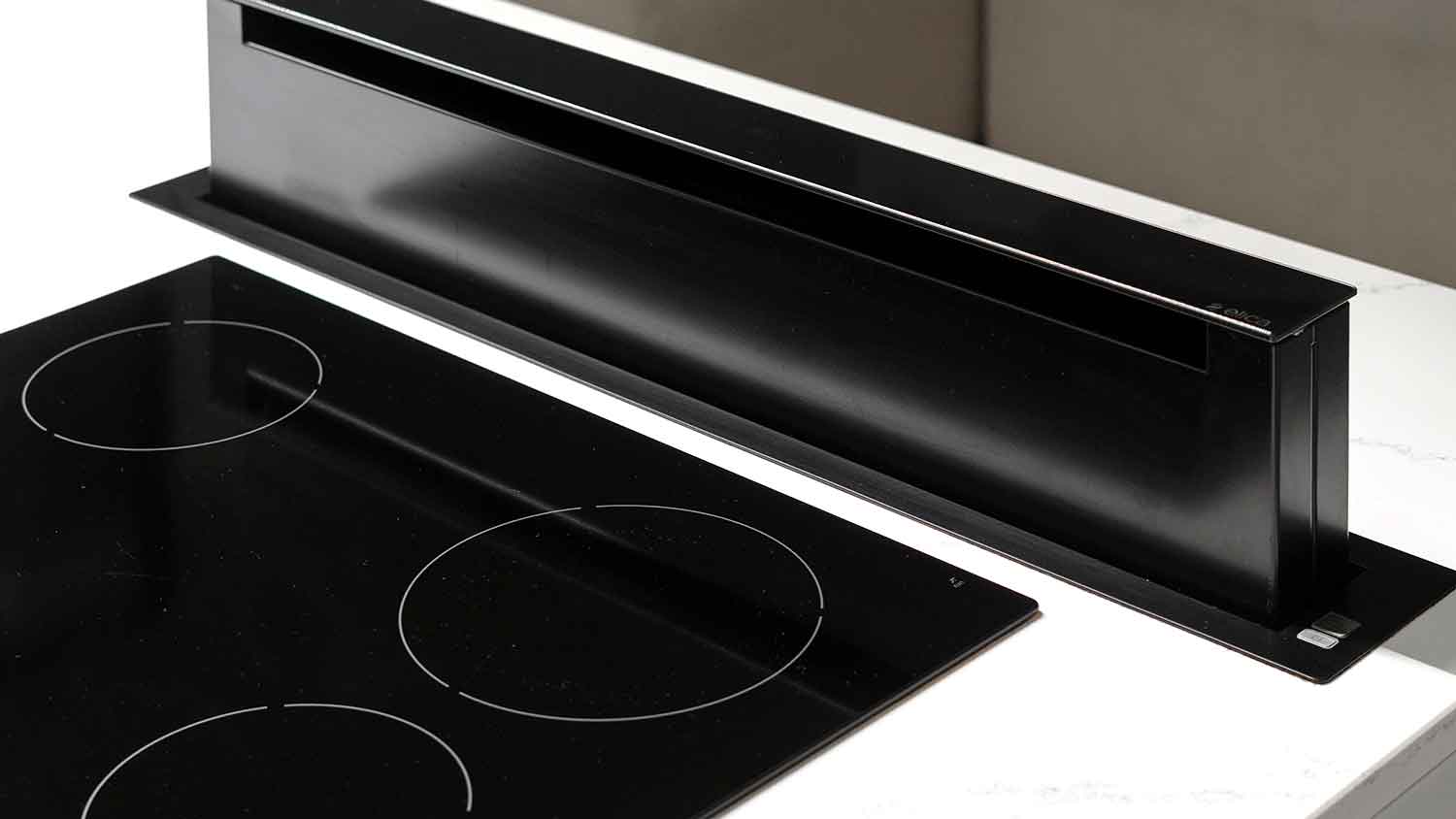
No range hood? No problem. Downdraft stove tops are designed with an internal ventilation system, meaning they will ventilate as you cook, even without a range hood. Downdraft stove tops can come in gas or electric models, making them work for most kitchens. If you’re dreaming of an island cooktop, a downdraft stove top works great there by eliminating the need for a range hood.
While a downdraft stove won’t require overhead space for a range hood, they do need some space inside your cabinets to store the ventilation equipment. These additional parts also require more maintenance than other stove top types. If your ductwork isn’t already suited to accommodate this type of stove top, you may need to hire a pro to make repairs before installing a downdraft cooktop.
| Pros | Cons |
|---|---|
| Self-ventilating | Requires space beneath counters |
| Space-saving | Higher maintenance |
| Easy to clean | May require duct repairs |
Best for: Kitchens without space for a range hood; island stove tops
6. Commercial-Style Cooktops
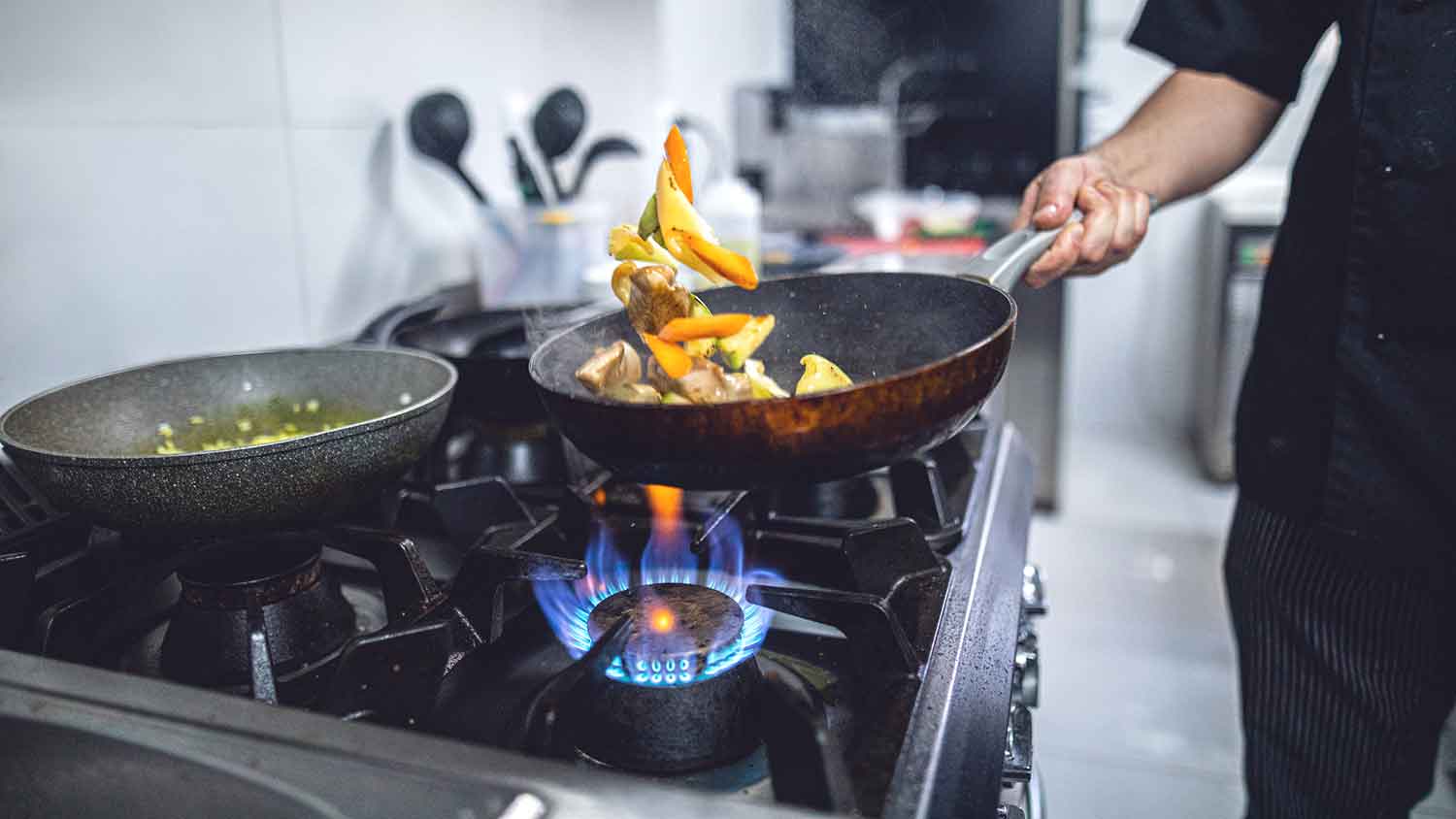
If you’re concerned about how long stoves last, a commercial-style cooktop may be right for you. These durable cooktops are designed to last years with frequent use thanks to durable materials like stainless steel or cast iron. Commercial-style cooktops typically depend on high-BTU gas burners for the most precise temperature control.
Because they are designed for high-volume cooking, commercial-style cooktops can take up a lot of space. Commercial-style stove tops may span 30 to 60 inches, meaning you’ll need a large kitchen to accommodate one. The high-quality materials and large stove top also means you’ll be paying a higher price upfront and for ongoing maintenance.
| Pros | Cons |
|---|---|
| Excellent temperature control | Takes up more space |
| Durable | Higher cost |
| Long-lasting | More maintenance |
Best for: Avid home cooks; large families
7. Portable Stove Tops
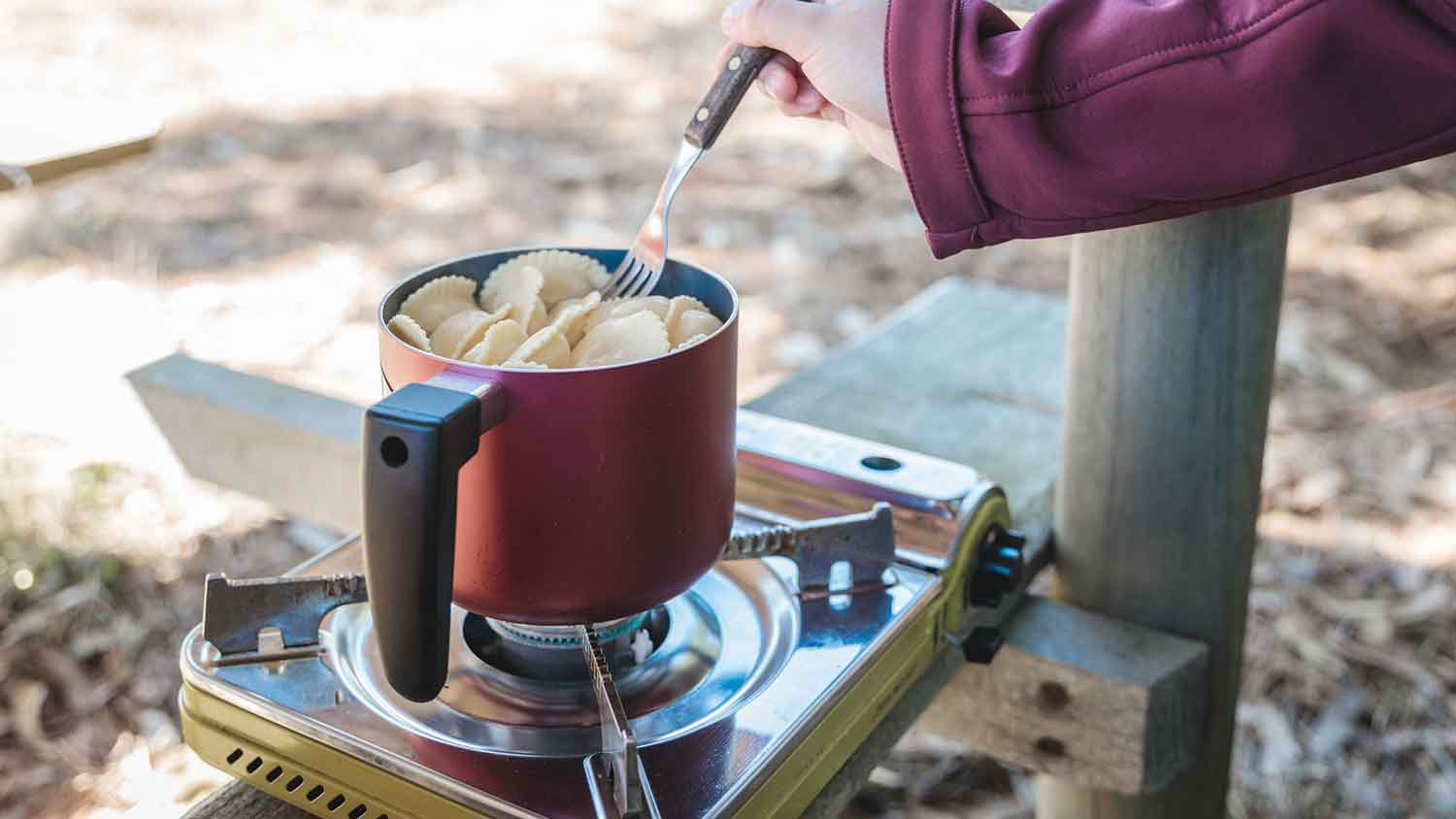
If you’re outfitting an RV kitchen, you may want to consider whether to install a smaller type of stove top or keep a portable stove packed in the vehicle’s storage. Portable stoves are popular for those who like to camp or travel often, because they are lower cost and lightweight.
With the small footprint, portable stove tops don’t have the space for extra settings. You’ll have limited control over the heat, but it should still be enough to heat up a decent meal on the road. You’ll also need to source your own fuel, whether that’s propane, fuel tablets, or an outlet for an electric portable stove top.
| Pros | Cons |
|---|---|
| Lightweight | Short life span |
| Low cost | Requires separate fuel |
| Easy to store | Limited controls |
Best for: Camping, RVs, or traveling


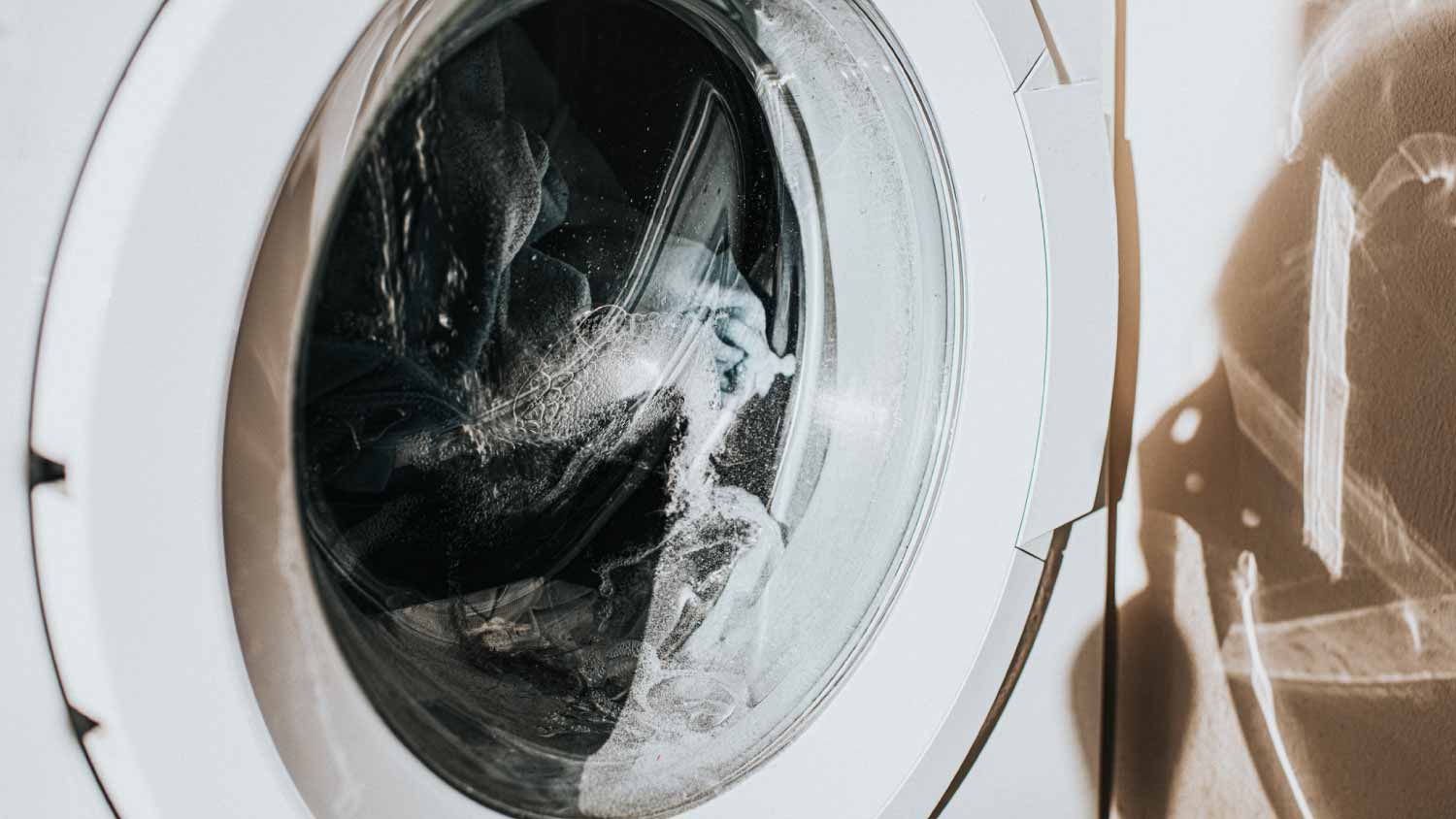
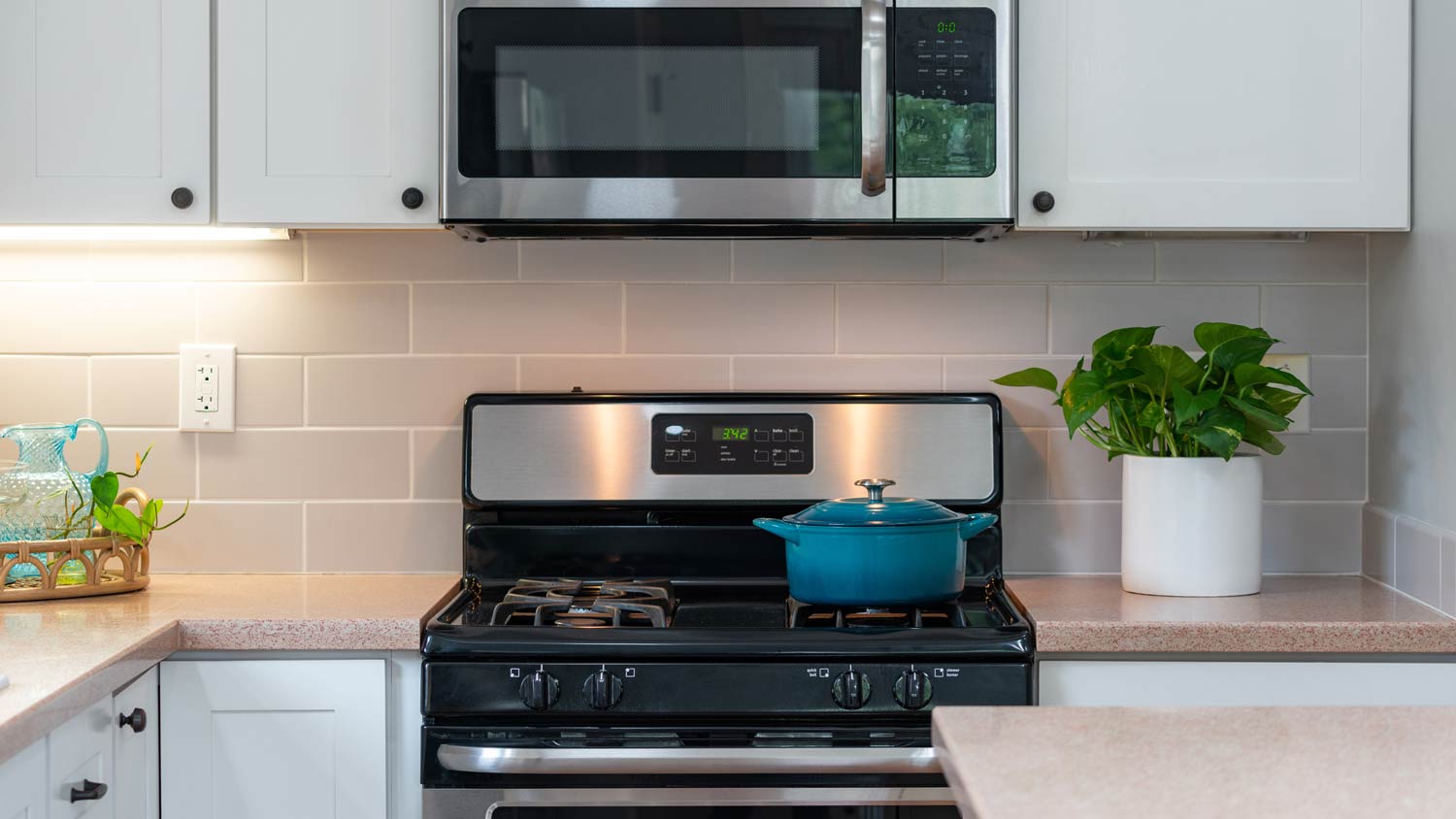
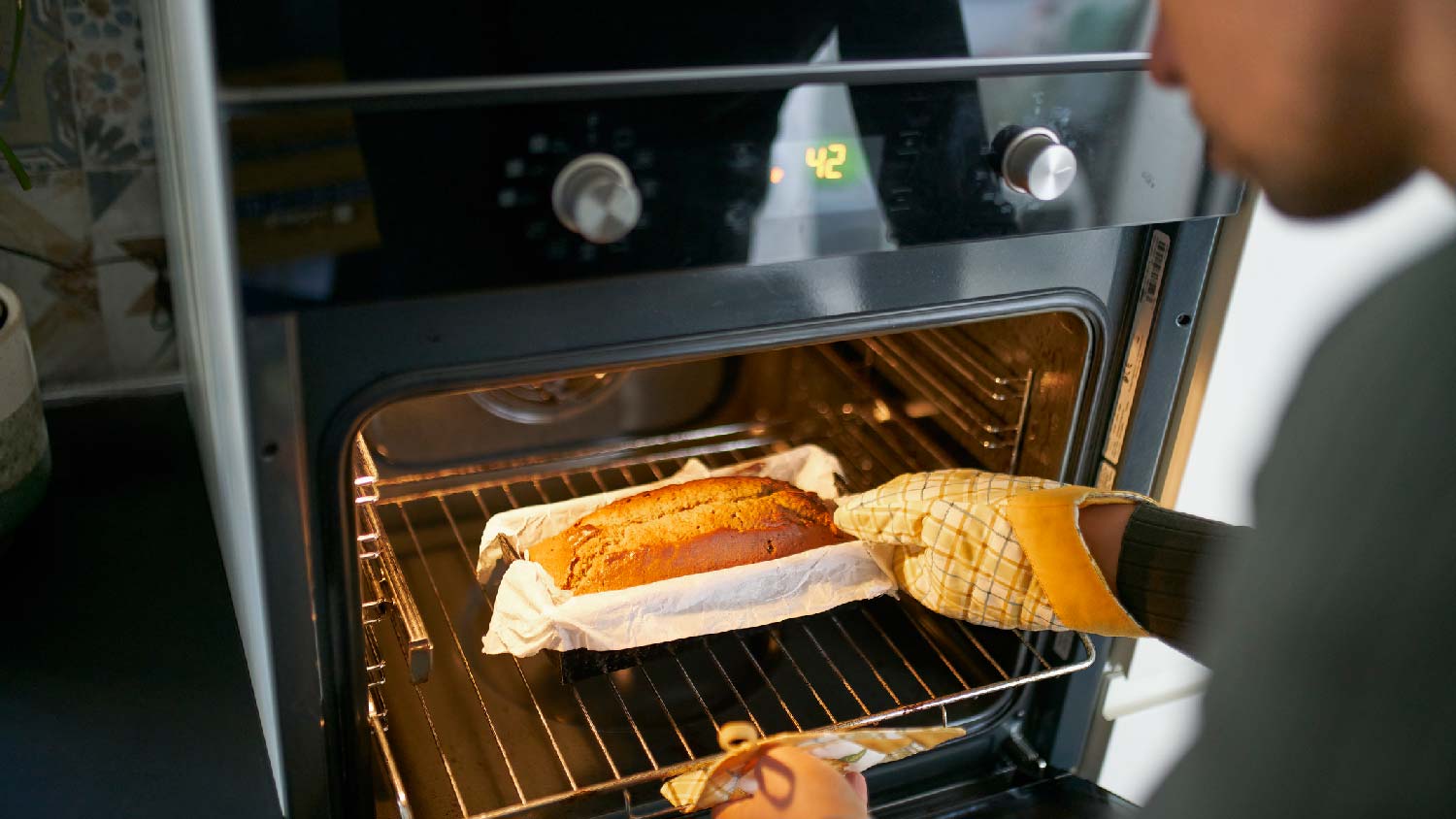
- Appliance Repair Companies
- Washing Machine Repair
- Dryer Repair
- Refrigerator Repair
- Dishwasher Repair
- Oven Repair
- Wood & Pellet Stove Repair
- Freezer Repair Services
- Wood Stove Services
- Gas Stove Repair
- Emergency Appliance Repair Companies
- Ice Maker Repair
- Gas Appliance Repair
- GE Appliance Repair
- GE Refrigerator Repair
- GE Dryer Repair
- GE Dishwasher Repair
- GE Washing Machine Repair
- Samsung Appliance Repair
- Samsung Refrigerator Repair
- Samsung Dryer Repair
- Samsung Washer Repair
- Samsung Dishwasher Repair
- Samsung Oven Repair
- Whirlpool Repair
- Whirlpool Refrigerator Repair
- Whirlpool Washer Repair
- Whirlpool Dryer Repair
- Whirlpool Oven Repair
- Maytag Appliance Repair
- Maytag Refrigerator Repair
- Maytag Washer Repair
- Maytag Dryer Repair
- Maytag Dishwasher Repair
- Kitchenaid Appliance Repair
- Kitchenaid Oven Repair
- Kitchenaid Refrigerator Repair
- Kenmore Appliance Repair
- Kenmore Dishwasher Repair
- Kenmore Washer Repair
- Kenmore Dryer Repair
- LG Refrigerator Repair
- Bosch Appliance Repair
- Kenmore Refrigerator Repair
- LG Appliance Repair Services
- GE Microwave Repair
- Electrolux Appliance Repair
- Electrolux Washer Repair
- Kitchenaid Dishwasher Repair Services
- Wood Stove Inspection
- Dishwasher Installation
- Trash Compactor Repair
- Can You Replace the Glass Top of a Stove?
- 5 Types of Stoves to Consider for Your Kitchen
- Stove Dimensions: A Guide to Measuring All Range Sizes
- How Long Do Gas Stoves Last?
- How Long Do Stoves Last? It Depends on the Type
- Who Installs Wood-Burning Stoves?
- Who Fixes Electric Stoves?
- Electric Stove Cooktop Not Working: Reasons & Solutions
- What Are the Parts of a Stove?
- Should You Convert Your Electric Stove to Gas? 5 Things to Consider



